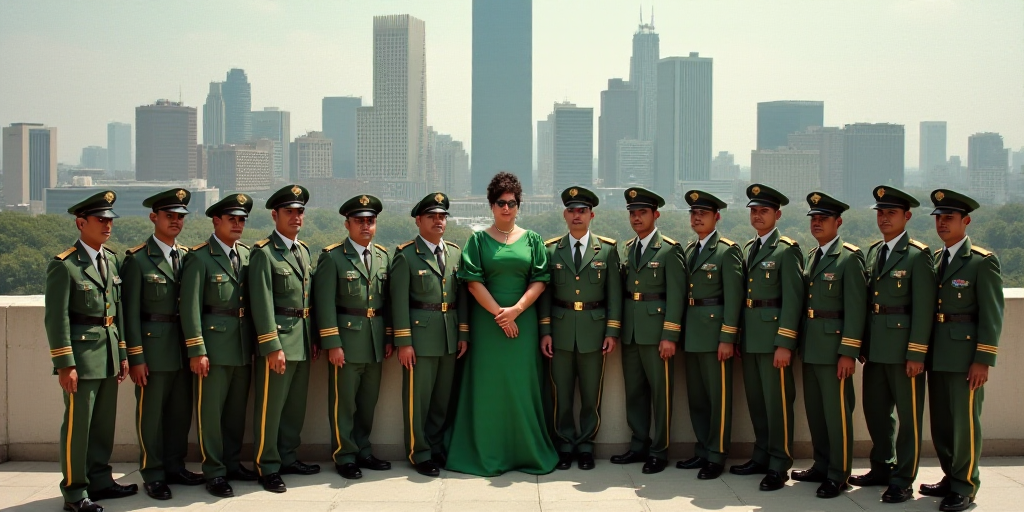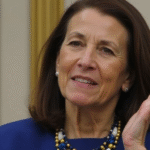Introduction to the Proximity Policing Model
Clara Brugada Molina, the Mayor of Mexico City, introduced the “La Policía Cerca de Ti” (The Police Near You) model, an integrated strategy aimed at bringing the police closer to citizens and enhancing security across all corners of the capital.
Background and Achievements
Since 2019, the Mexico City police force has seen a 60% decrease in criminal incidents and a 45% reduction in intentional homicides. As of January 1, 2025, compared to 2024, criminal incidents have dropped by 10%, and intentional homicides have decreased by 16.6%. These accomplishments, according to Brugada Molina, are attributed to strong inter-institutional coordination among federal, city, and local governments.
Reorganization of Police Deployment
The “La Policía Cerca de Ti” model focuses on reorganizing and deploying the police force across territories, increasing the number of sectors from 847 to 1,020 in Mexico City’s 16 boroughs. This change allows for a deeper understanding of each area and quicker responses to emergencies.
“We have already completed the first round of 72 sectors that make up Mexico City, and we have started the second round. I am pleased to report that out of the 15 sectors evaluated so far, 13 have seen a decrease in criminal incidents,” Brugada Molina stated.
Key Principles of the Security Strategy
The security strategy is built on four main pillars:
- Strengthening the Police Force: Emphasizing a more skilled and accessible police force.
- Technology and Intelligence Use: Optimizing operations and responses through technology and intelligence.
- Inter-institutional Coordination: Ensuring collaboration between different government levels and agencies.
- Addressing Root Causes: Tackling factors that generate violence and crime.
The proximity model has now been integrated as a crucial component of this administration, Brugada Molina mentioned.
Implementation Details
Approximately 7,000 police officers will leave their patrols to conduct foot patrols, visiting houses and businesses within each sector. Officers will introduce themselves, provide their names and contact information, and actively listen to the needs and concerns of residents.
“Citizens will be able to say they know the police officer on their street and understand how to contact them,” Brugada Molina affirmed.
The Mayor also announced the upcoming tender for purchasing over 3,000 new patrol vehicles. She highlighted initiatives such as the extortion strategy, school auxiliary programs, creation of specialized prosecutors, acquisition of 40,000 new CCTV cameras, the “Aldea Juvenil” strategy for at-risk youth, security module rehabilitation, and a 9% salary increase for Mexico City police officers.
“We do not want a police force that only appears during emergencies; we want officers who are recognized, trusted, and active members of the community,” Brugada Molina emphasized.
Secretary of Security Pablo Vázquez Camacho’s Perspective
Secretary of Security Pablo Vázquez Camacho echoed the Mayor’s instructions, stating that police officers should serve Mexico City diligently, be close to citizens, and be sensitive to their needs.
The model’s physical presence is complemented by:
- Information Gathering: Collecting citizen requirements, complaints, requests, and demands house-to-house and business-to-business to design tailored security strategies for each sector.
- Security Days: Conducting informational talks, promoting the “Mi Policía” app, and offering preventive measures against crimes like extortion and vehicle theft in all sectors.
- Installation of Panic Buttons: Providing information and tools for installing panic devices in small businesses and strategic locations.
- Special Operations: Continuing programs like “Pasajero Seguro” and “Conduce sin Alcohol.”
- Community Activities: Organizing recreational, cultural, and recycling activities, as well as neighborhood assemblies and market/tianguis attention, fostering citizen participation and social prevention of crime.
Swearing-in of Quadrant Leaders
Brugada Molina concluded the event by having the quadrant leaders take an oath, representing over 80,000 dedicated police officers committed to security and service to the citizenry.






